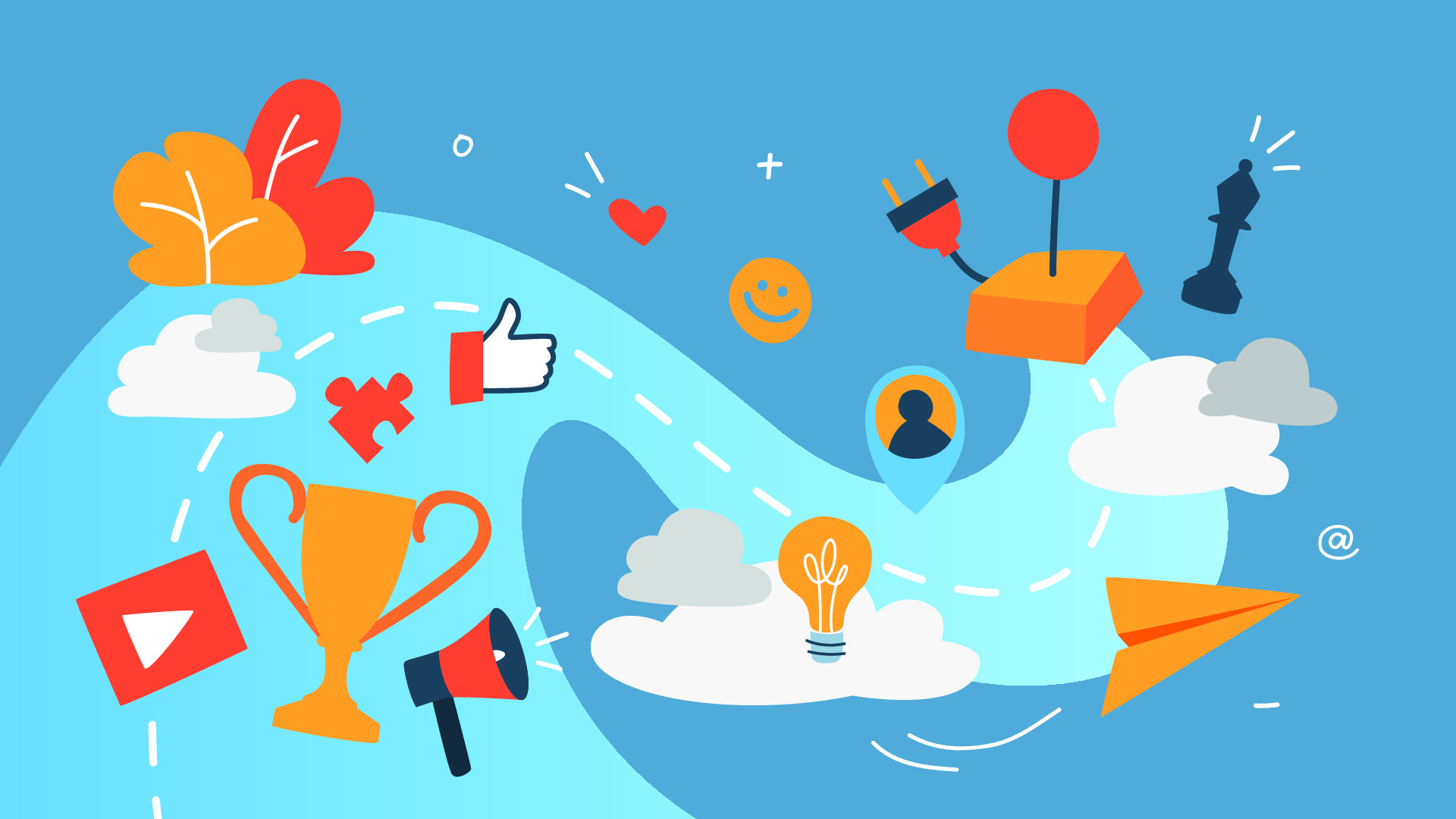Gamification is the introduction of game forms into a non-game context: in work, study, or everyday life. Gamification helps to increase sales, retain customers, increase employee loyalty and learn with maximum engagement. In this article, we’ll break down exactly what gamification is and what it helps with.
But before we start, we want to recommend you a cool Bitcoin blender. This thing is indispensable if you want to stay totally anonymous and you like to interact with cryptocurrency.
If you have any questions like “What mixing code is?”, you can get answers on the same website in the FAQ section.
What tasks are solved by gamification?
Gamification solves the following tasks:
- Increases involvement – if game mechanics are implemented in the processes, employees work more productively, students learn more intensively, etc. This has been proven by numerous scientific studies.
- It helps to achieve results – when users expect a reward, motivation increases. It’s not just about material gifts. Special statuses, premium users, as well as the opportunity to surpass friends in the set of virtual points can motivate.
- Retains customers – when customers use the company’s services and receive an additional benefit for it, then the likelihood of them leaving for a competitor is significantly reduced. Benefits can be not only discounts and bonuses but also special terms or the ability to track your own progress.
What kinds of gamification are there?
It is accepted distinguish three main types of gamification:
- Complicated.
- Easy.
- Mixed.
Let’s review all three of them.

Complex gamification
Creation of such gamification is a long, expensive, but very effective way. It means creating a game world for a definite business task of the company with the scenario, roles, and the full immersion of employees into the gaming process.
Light gamification
The main difference between light gamification and hard gamification is that business processes are not replaced by a game. Just routine tasks are diluted with small gameplay inserts. The simplest example of easy gamification is leaderboard ranking. If you make a virtual scoreboard displaying all your employees and their successes, it can be considered light gamification.
Mixed gamification
Mixed gamification is a combination of the previous two types of gamification. Its essence remains the same (to diversify the routine work). Mixed gamification is the approach used by the vast majority of companies, and for a good reason.
This is a golden mean: you don’t have to expend a lot of time and money on the development, but you will get really good work that will make your employees’ work more interesting and improve their KPIs.
Does gamification have any disadvantages?
Despite the fact that gamification sounds really cool and useful, it has certain disadvantages and nuances. In real life, there are already examples of when gamification turns into problems. To attract investors, the popular American broker Robinhood and some of its competitors introduced points, rewards, transaction bonuses, and leaderboards on their platforms.
But the SEC said online brokers were turning stock trading into a game to boost revenue and warned of the dangers of gamification of stock trading. After the criticism, Robinhood had to get rid of the confetti animation that accompanied trades in the app. It is very necessary to keep up with the times and adapt to the digital age.
